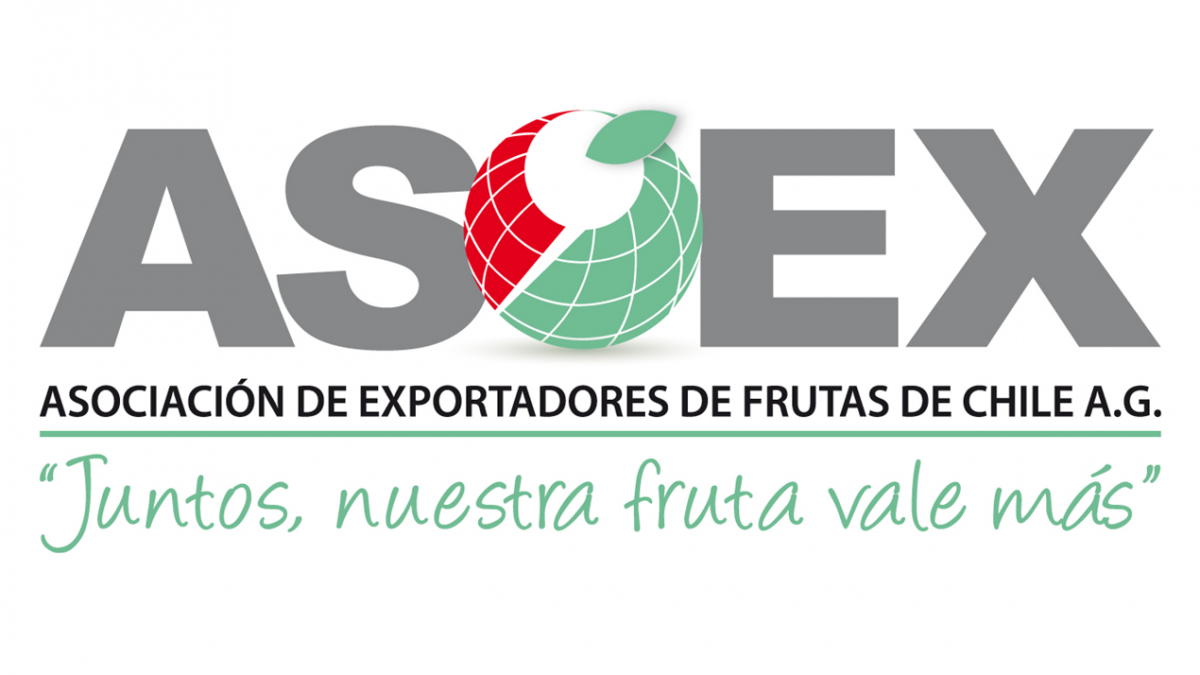You are here
Back to top[Press Release] ASOEX’s Chilean Citrus Committee Gives Update on Recent Freezes

This content has been modified from its original version. It has been edited for content and style, as well as to follow Produce Report editorial guidelines and for necessary website formatting.
The Chilean Citrus Committee of the Chilean Fruit Exporters Association (ASOEX) has provided an update on the recent freezes that have occurred in citrus orchards and proposed some actions to be taken by its associates, which together account for 75% of Chile’s citrus exports.
During the freezes that occurred at the beginning of week 26, the registered minimum temperatures reached averages of −1.7 degrees Celsius in the Valparaíso region, −2.3 degrees Celsius in the Metropolitan and O’Higgins regions, −2.6 degrees Celsius in the Maule region, −2.7 degrees Celsius in the Biobío region and −2.8 degrees Celsius in the La Araucanía region, according to the Chilean Meteorological Directorate.
As these freezes took place very recently, the Chilean Citrus Committee considers that it is still too early to estimate the damage to the fruit or trees because this can only be evaluated after 10 days of the freezes and is dependent on multiple factors, including the temperature, duration at that temperature, species and state of maturity of the fruit. Although technicians and professionals working for the exporting companies are still conducting their in-field evaluations, at present there is reportedly no indication of substantial damage. According to Juan Enrique Ortúzar, president of the Chilean Citrus Committee, “These evaluations will continue until we are confident that the fruit that will be destined for export has not been damaged by low temperatures.”
The Chilean Citrus Committee also reports that the freezes have not affected all areas and citrus orchards in the same way, with only one affected sector in some fields. “Currently, most of the orchards in exposed areas have some freeze control system or are in more protected positions from the low temperatures within the valleys. There has been learning in our citrus industry and producers have switched to more tolerant crops in the lower sectors of the valleys, where freezes affect them more intensely,” explained Ortúzar.
In terms of practical measures, the Chilean Citrus Committee has developed a Frost Action Manual for Citrus Growers and Exporters so that growers and exporters can work together according to a precise and disciplined work plan to avoid the export of fruit that has been damaged by low temperatures. These measures include the installation of thermographs in the orchards and temporary suspension of the harvest in orchards or affected sectors until the fruit has been confirmed to comply with applicable export tolerances. “These measures have already been established in similar episodes that occurred in previous seasons with very good results,” added Ortúzar.
Finally, the Chilean Citrus Committee expects to have more information by the middle of the month to determine possible adjustments to the forecast, once the evaluations in the compromised orchards have been completed and the period of greatest risk has come to an end.
Image: ASOEX












Add new comment